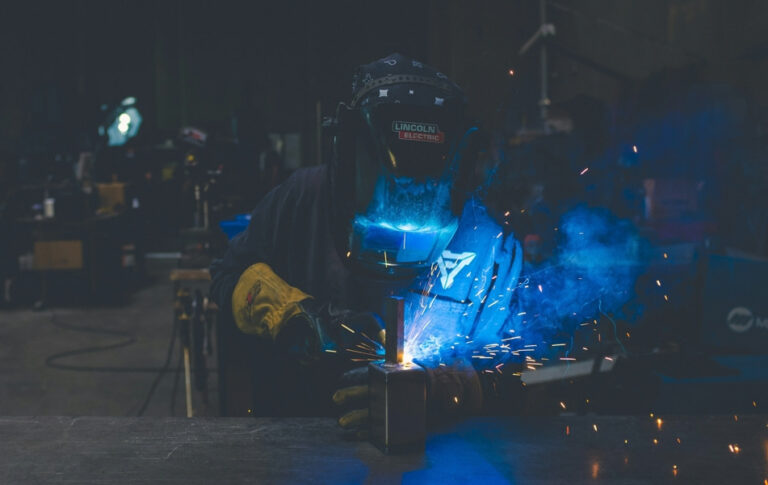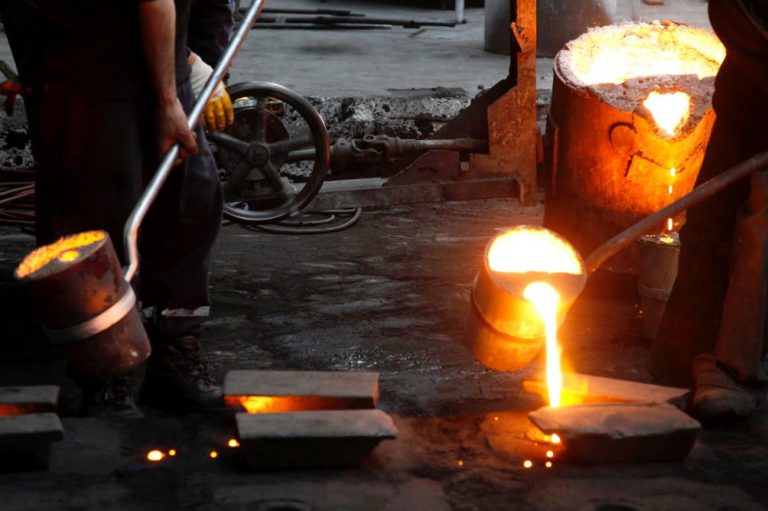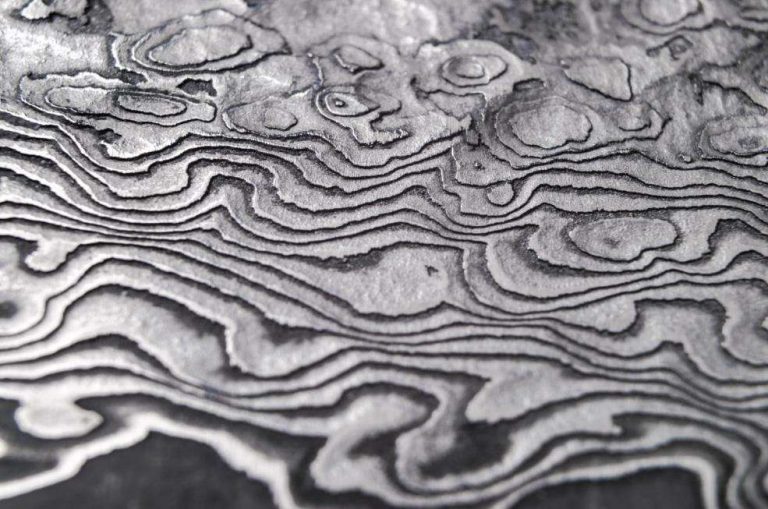D2 is one of the first steels that come to mind when thinking about budget high-carbon steels. It’s wear-resistant and popular among custom knifemakers. AUS-8 is also budget-friendly, though not as much as D2. It’s a steel developed by the Aichi Steel Corporation, a Japanese steel manufacturer.
If you’re searching for the best steel for your knife store, D2 and AUS-8 are two strong candidates. D2 is wear-resistant, while AUS-8 serves as an all-rounder, versatile steel.
The question is which would bring a wider smile to your customers’ faces. In this article, we’ll compare D2 and AUS-8 steel, covering their composition and properties to answer this question.
D2 steel overview
D2 steel is defined as a high carbon, high chromium tool steel developed around WWII. It’s been around longer than many steels we find in knives today. Since it’s a tool steel, wear resistance is the highlight of D2, and it provides good edge retention that most people would find satisfying.
Composition
- Carbon: 0.80%
- Chromium: 13.00 – 14.50%
- Manganese: 1.00%
- Silicon: 1.00%
- Molybdenum: 0.30%
- Vanadium: 0.25%
AUS 8 steel overview
AUS-8 steel is developed by Aichi in Japan. It is a popular steel for knife blades due to its excellent balance of strength, durability, and corrosion resistance. It offers solid edge retention and ease of sharpening, making it a reliable choice for various cutting tasks.
Composition
- Carbon: 0.70 to 0.75%
- Chromium: 13.00 to 14.50%
- Silicon: 1.00%
- Manganese: 0.50%
- Nickel: 0.49%
- Molybdenum: 0.10 to 0.30%
- Vanadium: 0.10 to 0.26%
Buy Wholesale Knives and Start Scaling up with Us Today
Contact us and connect with a sales rep to get a free quote.
D2 vs. AUS 8: properties
The composition of D2 and AUS-8 steels results in distinct properties. We will discuss each aspect that matters to a competent blade in the following article, and help you figure out which is a better pick.
Hardness
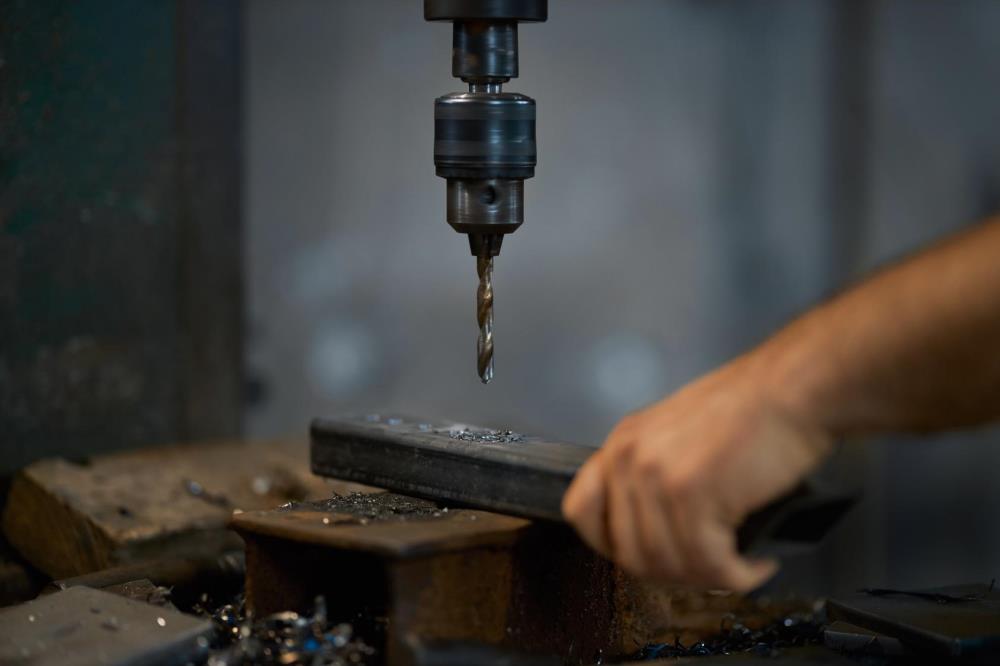
D2 steel has an attainable hardness between 55 and 64 HRc on the Rockwell hardness scale, but most D2 knives measure 58 to 62 HRc.
This wide range of hardness enables knifemakers to furnish D2 blades with the desired properties. Yet, there is only so much they can modify. The properties comparison below applies to all D2 knives regardless of their hardness.
AUS-8 steel doesn’t have a broad hardness rating. The typical hardness for an AUS-8 blade is between 57 and 59 HRc. It’s rare for a knifemaker to heat treat AUS-8 higher than 59 HRc.
Edge retention
D2 resists losing material better than AUS-8, as it’s a tool steel. This translates to better edge retention in knives. The wear resistance of D2 is highly regarded among knife enthusiasts, but it isn’t close to premium steels like S90V or K390.
AUS-8 knives have moderate edge retention. How satisfying it is depends on individual preferences and area of use. If it’s a pocket knife utilized occasionally, AUS-8 won’t disappoint.
AUS-8 steel knives aren’t meant to be working steel to cut for hours every day. Still, the edge retention of AUS-8 steel knives is more than enough for the average user. They will hold an edge long enough to get the job done for recreational uses.
Toughness
On the flip side, AUS-8 wins in the toughness tests. It’s a stronger steel with a lower carbide volume. Chipping or other damage caused to the knife due to a lack of strength isn’t a thing with AUS-8.
D2 isn’t made for heavy-duty applications. It will keep its sharp edge long enough, but when faced with dense objects or impact cutting, it may break on the user.
D2 steel knives are also a concern of microchipping due to large chromium carbides. This problem gives users a toothy edge that cuts more or less like a bread knife. That said, D2 isn’t ideal for impact cutting and will chip when cut forcefully.
Corrosion resistance
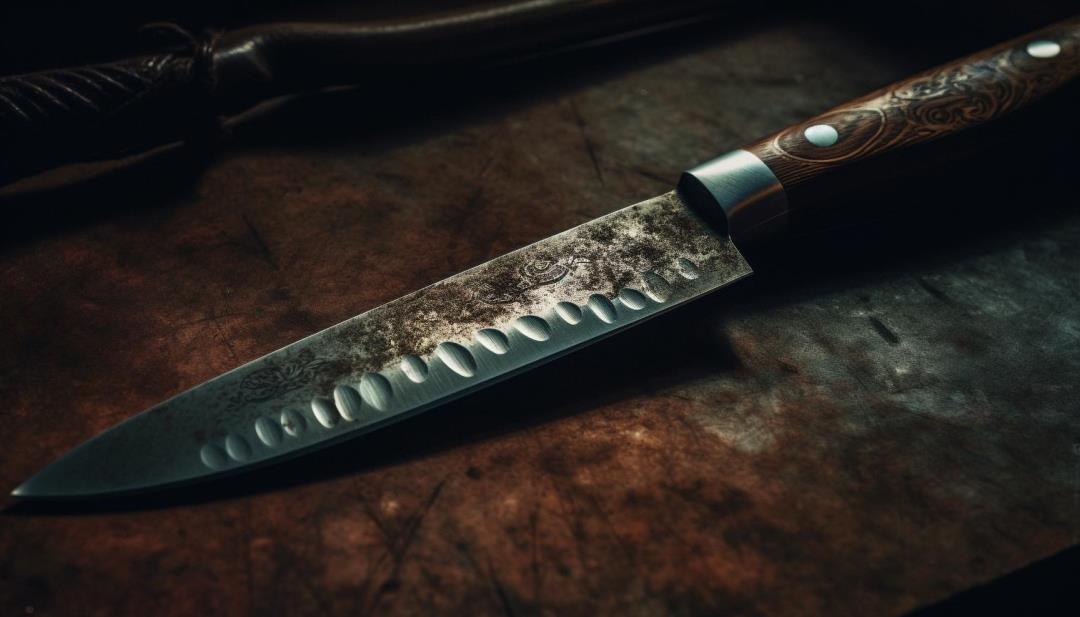
Similar to toughness, D2 falls behind AUS-8. D2 isn’t entirely stainless steel. It has a good amount of chromium, but much is tied up in the carbides that don’t impart rust resistance.
Your customers can soundly use their AUS-8 around corrosive elements. With a D2 knife, it won’t be a good idea. Regular maintenance is a must for D2 knives to have rust-free blades. These care requirements are minimal, though. Keeping the blade clean and properly storing is all it takes to eliminate corrosion and rust.
Both D2 and AUS-8 are generally easy to sharpen. If you were to take the two and do a grindability test, AUS-8 would come out easier to sharpen. However, it would be in the numbers. When sharpening a D2 or AUS-8 steel, your customers will find both equally easy to sharpen.
The only time D2 might be noticeably more challenging is when it’s hardened over 62 HRc. Although D2 knives over this hardness rating are few and far between, it’s worth noting if sharpening difficulty is a deciding factor.
Comparison table
| D2 steel | AUS 8 steel | |
| Hardness | 55 to 62 HRc | 57 to 59 HRc |
| Edge Retention | 6/10 | 4/10 |
| Toughness | 4/10 | 7/10 |
| Corrosion Resistance | 4/10 | 7/10 |
| Sharpening Ease | 6/10 | 7/10 |
Which one to choose for your store?
D2 is more affordable than AUS-8, but both are inexpensive steels. AUS-8 isn’t highly available in the US, so knife manufacturers must import them from Japan, whereas D2 is found virtually everywhere. If cost is the major point, note that D2 knives will cost you less.
Also, don’t forget 8Cr13MoV, the equivalent of AUS-8 steel. Countless knifemakers use 8Cr13MoV to forge blades. It’s much cheaper and widely available than AUS-8 in the US, with a comparable price to D2.
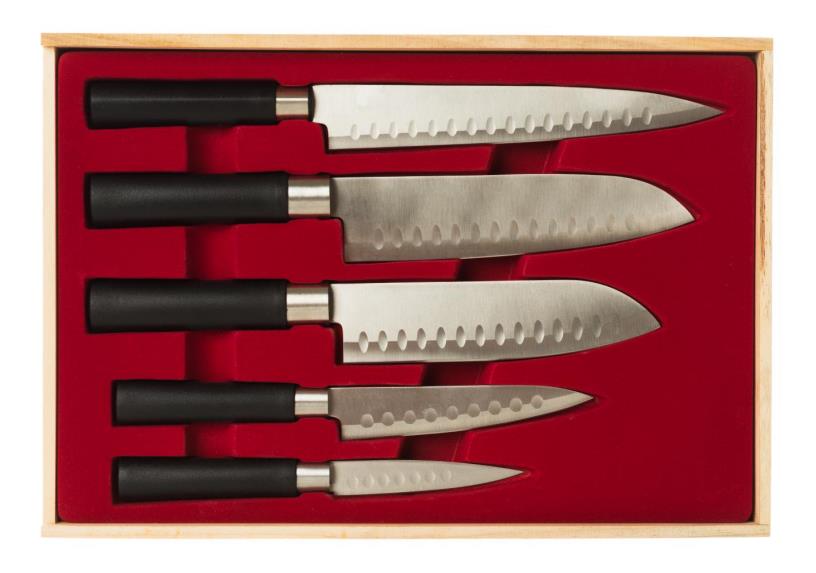
Now that the price is out of the way, let’s get to the specs.
D2 steel holds a sharp edge for long durations but it’s nowhere near as tough or corrosion-resistant. While edge retention is its biggest strength, its rust resistance and durability are its downsides. Nonetheless, it isn’t too bad; only one or two notches down from being an overall balanced steel.
AUS-8 steel can’t preserve a sharp edge for as long as D2, but it’s a balanced steel with high toughness and corrosion resistance. These make AUS-8 an ideal steel for all types of knives, from kitchen cutlery to outdoor knives.
Based on these, stores favoring affordability and edge retention will find D2 a better steel choice. On the other hand, AUS-8 is a more sensible pick if you’re up for paying a bit more and don’t mind the slight drop in edge retention.
Buy Wholesale Knives and Start Scaling up with Us Today
Contact us and connect with a sales rep to get a free quote.
Alternatives to D2 and AUS-8
- 10Cr15MoV steel: A more wear-resistant and tougher alternative to AUS-8, as well as to 8Cr13MoV.
- 440C steel: It’s a more affordable alternative to AUS-8 with similar traits.
- AUS-10 steel: A minor upgrade from AUS-8, AUS-10 features more carbon to achieve better edge retention.
Source wholesale knives from us
We are a leading knife manufacturer at the heart of cutlery in China, Yangjiang City. LeeKnives uses a wide selection of steels that will meet all your customer needs. Contact us to request samples and a free quote.

